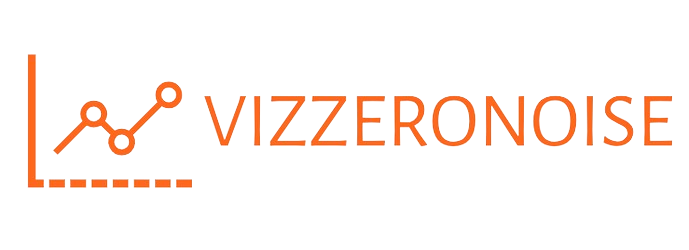Subheading 1: Streamlining Workflow
In the fast-paced world of business, efficiency is paramount. Streamlining your workflow is essential to maximizing productivity and staying ahead of the competition. Start by identifying repetitive tasks that can be automated or delegated to free up valuable time. Implementing project management tools and establishing clear workflows can help streamline processes and ensure tasks are completed efficiently.
Subheading 2: Prioritizing Tasks
Not all tasks are created equal. Prioritizing tasks based on their importance and urgency is crucial for staying focused and productive. Begin each day by creating a prioritized to-do list, tackling high-priority tasks first before moving on to less critical ones. By focusing your efforts on the most important tasks, you can make significant progress towards your business goals and avoid getting bogged down by less essential activities.
Subheading 3: Setting Realistic Goals
Setting ambitious goals is commendable, but it’s essential to ensure they’re realistic and achievable. Break down larger goals into smaller, manageable tasks and establish clear deadlines for each. This not only makes goals more attainable but also provides a roadmap for success. Regularly reviewing and adjusting goals as needed ensures you stay on track and maintain momentum towards business growth.
Subheading 4: Minimizing Distractions
In today’s digital age, distractions abound, making it challenging to stay focused on tasks at hand. Minimizing distractions is key to boosting productivity. Set aside dedicated blocks of time for focused work, free from interruptions such as email notifications or social media alerts. Consider implementing tools like website blockers or time-tracking apps to help stay on track and minimize distractions throughout the day.
Subheading 5: Embracing Time Management Techniques
Effective time management is essential for maximizing productivity. Embrace techniques such as the Pomodoro Technique, which involves working in short bursts with regular breaks to maintain focus and avoid burnout. Additionally, batch similar tasks together to minimize context switching and optimize workflow efficiency. Experiment with different time management techniques to find what works best for you and your business.
Subheading 6: Cultivating a Positive Work Environment
The environment in which you work plays a significant role in productivity. Cultivating a positive work environment can boost morale and motivation among employees, leading to increased efficiency. Encourage open communication, foster a culture of collaboration, and provide opportunities for professional development and growth. Investing in employee well-being pays dividends in terms of productivity and overall business success.
Subheading 7: Leveraging Technology
Technology is a powerful tool for boosting business efficiency. Take advantage of software and tools designed to streamline processes and automate repetitive tasks. Whether it’s project management software for organizing tasks, communication tools for facilitating collaboration, or accounting software for managing finances, leveraging technology can help streamline operations and improve productivity across the board.
Subheading 8: Encouraging Work-Life Balance
Maintaining a healthy work-life balance is essential for long-term productivity and well-being. Encourage employees to prioritize self-care and set boundaries between work and personal life. Offering flexible work arrangements, such as remote work options or flexible hours, can help employees achieve better work-life balance and reduce stress. By prioritizing work-life balance, you can foster a happier, more motivated workforce that’s better equipped to tackle challenges and drive business success.
Subheading 9: Continuous Improvement
The pursuit of efficiency is an ongoing journey. Embrace a mindset of continuous improvement, constantly seeking ways to optimize processes and workflows. Encourage feedback from employees and stakeholders, and be open to implementing changes based on their insights and suggestions. By fostering a culture of continuous improvement, you can adapt to evolving business needs, stay ahead of the competition, and drive sustainable growth over time. Read more about productivity tips for business owners


